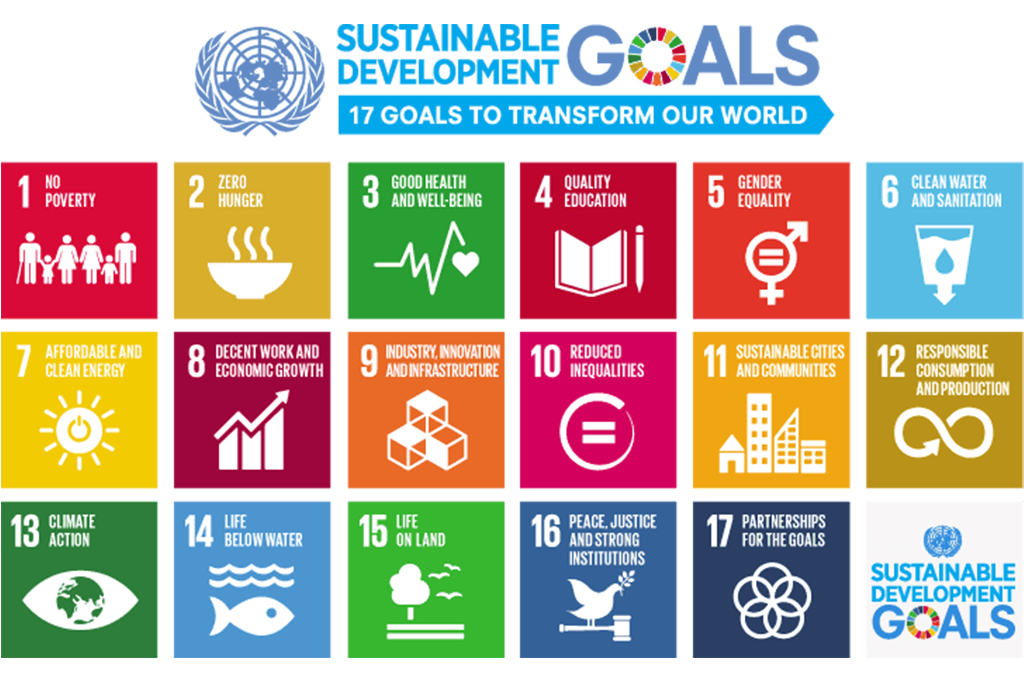This summer, I intend to a few desalination plants around the world to see how location and other factors affect the cost of desalination and how desalination technology is implemented worldwide. I recently got an opportunity to visit the Tampa Bay Water reverse osmosis (RO) desalination plant in June 2022 thanks to the generous folks at Tampa Bay Water and Acciona during a week when I was attending a basketball camp at IMG Academy in Bradenton, FL.
The Tampa Bay Desalination plant intakes about 40 million gallons of seawater (MGD) every day from Tampa Bay and produces about 25 MGD of fresh drinkable water. The plant has several strategic advantages: 1) it is located close to the seawater intake, and 2) it is co-located with a power plant, which allows the desalination brine to be diluted with up to 1.4 billion gallons of seawater that are withdrawn and discharged by the power plant into the Tampa Bay (dilution is 30:1), 3) the cost of electricity in Tampa, Florida is low compared to other states in the U.S. (~11 cents/kWh in Florida vs. ~25c/kWh in California and ~15.5c/kWh––National Average), 4) Florida has warmer temperatures compared to other U.S. states, which uses less pumping pressure compared to regions with colder water intake, and 5) Florida has less stringent environmental permitting compared to states such as California and New York.
TB RO desal plant converts about 60% of the seawater to potable water. After flocculation and coagulation (Ferric Chloride) and the sand filter the TDS is reduced to 1.2-1.5 ppm. After diatomaceous earth filter the TDS is reduced to 0.01-0.02 ppm. The semi treated water than passes into the RO process. There are 7 * 168 * 8 = 9,408 membranes and each membrane costs $400. The membrane has a useful life of 10 years on average. The RO membrane is typically made up of polyamide, which have been used since the 1970s for their low pressure requirements and operational flexibility. I have been avidly reading about advanced nanoporous membranes made of graphene, molybdenum disulfide, and metal organic framework, which despite their superior filtration characteristics are fragile and not yet commercial. The TB RO desalination plant is run at a pressure of 1,000 psi. The concentrated salt wastewater (brine), which is about 40% of the intake water is sent to the turbine for energy recovery, where about 80% of the energy is recovered via an ERI energy recovery system.
The TB RO desalination plant employs 9 people with a night shift of 4. The treated water has chlorine of less than 100 ppm (regulation is 200 ppm) which is added via bleach or NaOCl and serves as a disinfectant. Minerals such as calcium carbonate (CaCO3), lime, and calcium hydroxide Ca(OH)2 are added to adjust pH to 7.5-8.0.
It was a very informative trip. It is essential to develop more desalination plants to reduce the stress on freshwater supply (0.00775 percent of Earth’s water) for a more sustainable planet!









